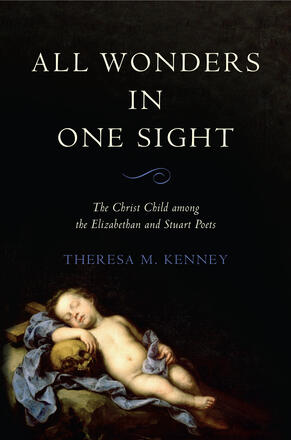
All Wonders in One Sight
The Christ Child among the Elizabethan and Stuart Poets
Description
In the seventeenth century many leading poets wrote poems about Christ’s infancy, though charm and sweetness were not the leading note. Because these poets were university-educated classicists – many of them also Catholic or Anglican priests – they wrote in an elevated style, with elevated language, and their concerns were deeply theological as well as poetic. In an age of religious controversy, their poems had controversial elements, and because these poems were mostly intended for private use and limited circulation, they were not generally singable hymns of public celebration of Christ’s birth. However far from dry academic pieces, these poems offer a wide variety of approaches to both their subject, the infant Jesus, and the means of presenting it.
All Wonders in One Sight examines the ways in which early modern English poets understood and accomplished the poetic task of representing Christ as both Child and God. Focusing on the intellectual and theological content of the poems as well as the devotional aims of the poets, Theresa M. Kenney aims to reveal their understandings of divine immanence and the sacrament of the Eucharist.